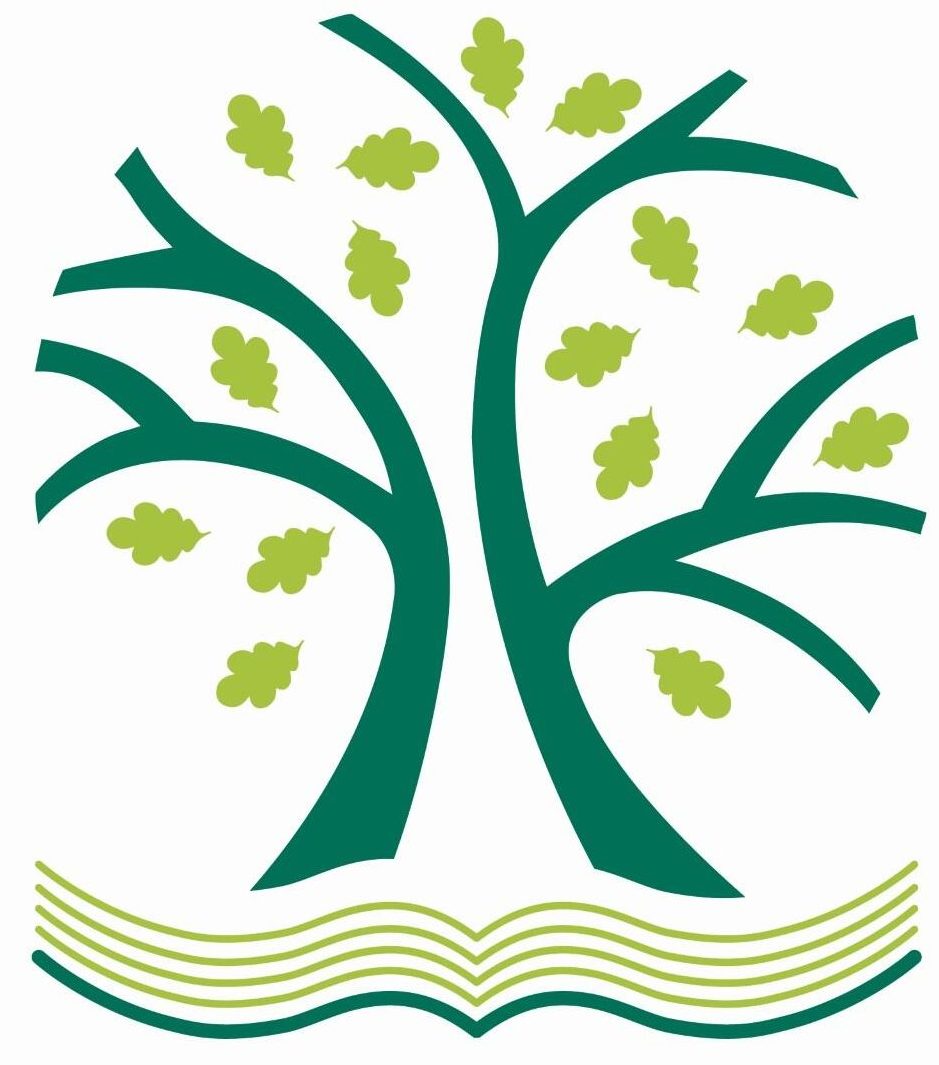Primary schools in England conduct several national assessments to monitor children’s progress. These assessments help identify strengths and areas for development, ensuring targeted support is provided.
As well as assessing in different ways through a lesson, we have internal trust assessments that we use to identify children’s strengths and gaps across the curriculum. The information below is relating to the national tests and assessments that we have to report to the local authority and DfE.
Reception Baseline Assessment (Reception)
- This assessment is carried out in the first few weeks of Reception.
- It provides a snapshot of children’s starting points in literacy, communication, language and mathematics.
- It is designed to be a short, practical and play-based assessment.
- It is used to measure the progress children make from Reception to the end of Key Stage 2.
- Parents/carers will not be informed on the outcome of their child’s assessment.
End of EYFS Profile
- The EYFS Profile is a statutory assessment of children’s development at the end of the academic year in which children turn 5, usually reception year. Each child’s level of development is assessed against 17 early learning goals (ELGs) across all 7 areas of learning in the EYFS. For each ELG, teachers must assess whether a child is meeting the level of development expected at the end of the EYFS, or if they are not yet reaching this level.
- The Profile is intended to provide a reliable and accurate summative assessment of each child’s development at the end of
the EYFS in order to support children’s successful transitions to year 1. - Teachers are expected to use their professional judgement to make EYFS Profile assessments, using their knowledge and understanding of what a child knows, understands, and can do.
- Parents and carers will be informed of their child’s assessment in the annual written report.
Phonics Screening Check (Year 1)
- This assessment checks children’s ability to decode words using phonics.
- It takes place in June and involves reading real and pseudo-words.
- It ensures children have a solid foundation in early reading skills.
- Parents and carers will be informed of their child’s assessment in the annual written report.
Multiplication Tables Check (Year 4)
- This assessment checks children’s fluency in multiplication facts up to 12 x 12.
- It takes place in June and is conducted online.
- It ensures children have a strong grasp of essential multiplication skills.
- Parents and carers will be informed of their child’s assessment in the annual written report.
SATs Information
- SATs stands for “Standard Assessment Tests” though it can also stand for “Statutory Assessment Tests”. They take place across primary schools in England every year. Children take their SATs in Year 6 (at the end of Key Stage 2).
- Key Stage 2 SATs take place in May when children are in Year 6. They test children’s skills in maths, English reading and grammar, punctuation and spelling. There are also teacher assessments in writing and science. These national curriculum tests are formally timed, there’s a nation-wide exam timetable and the exams are sent off to be marked externally.
- Parents and carers will be informed of their child’s assessment in the annual written report.
